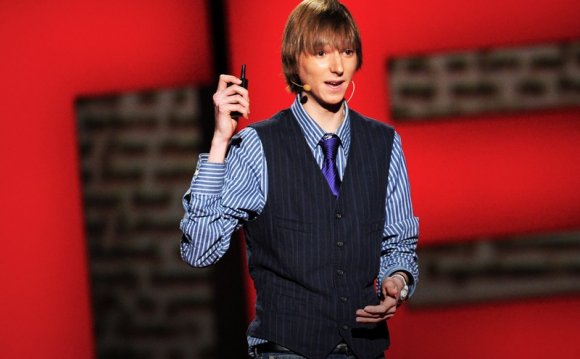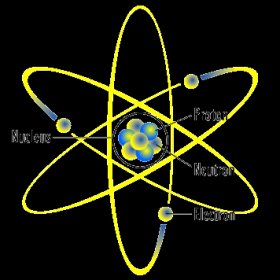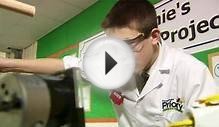
 A group of scientists in the United States has come one step closer to harnessing a source of energy that would be clean, safe and nearly unlimited.
A group of scientists in the United States has come one step closer to harnessing a source of energy that would be clean, safe and nearly unlimited.
The scientists, who work at the Lawrence Livermore National Laboratory in California, are trying to find a way to generate energy efficiently using a process called nuclear fusion.
In nuclear fusion, energy is produced when two atoms join or “fuse” together to make one larger atom. This is the same type of reaction that generates energy in the sun.
Today, we get some of our energy from the opposite reaction, called nuclear fission. In nuclear fission, one atom is split into two smaller atoms.
It is easier to make atoms that split apart than to force them to fuse. However, energy created by nuclear fission also produces two potentially harmful side effects: radiation (energy and particles of matter given off by atoms which can sometimes make humans sick) and radioactive waste (material left over from the nuclear fission process which continues to give off radiation for a very long time).
Nuclear fusion does not produce radioactive waste or other harmful byproducts like the greenhouse gases created from using fossil fuels. It can generate huge amounts of energy using hydrogen – a common substance found abundantly in sources like seawater – for fuel.
The problem is that it usually takes more energy to induce nuclear fusion than the fusion process actually generates.
That’s why scientists were excited when the researchers at the Lawrence Livermore National Laboratory recently conducted two nuclear fusion experiments that, for the first time ever, produced more energy than the fuel absorbed.
For the experiments, the scientists took a tiny capsule – about 2mm in diameter – and coated it on the inside with a layer of frozen fuel thinner than a human hair. Then they zapped the capsule with 192 laser beams.
The lasers caused a reaction that produced about twice as much energy as the fuel absorbed – enough to light 173 100-watt light bulbs for one second.
But the total amount of energy used in the experiment was still more than was produced. In order to produce energy efficiently, the fuel would have to become hot enough to ignite and continue burning on its own. To achieve this, scientists would have to double the amount of pressure they put on the fuel.
Scientists say it could still be many years before nuclear fusion becomes a practical source of energy, but this experiment brings them one step closer.
Related site
CURRICULUM CONNECTIONS
By Jonathan Tilly
In a situation where an author chooses to include additional information, punctuation must be included. Sometimes an author will use a pair of commas to do this (one on either set of the additional info). At other times, an author may choose to use an em dash. The difference between these two punctuation marks is emphasis. Using an em dash emphasizes the additional information, while a comma does not. See the examples below of how an em dash signals the reader to pay special attention to the additional information.
It can generate huge amounts of energy using hydrogen – a common substance found abundantly in sources like seawater – for fuel.
For the experiments, the scientists took a tiny capsule – about 2mm in diameter – and coated it on the inside with a layer of frozen fuel thinner than a human hair.
YOU MIGHT ALSO LIKE












